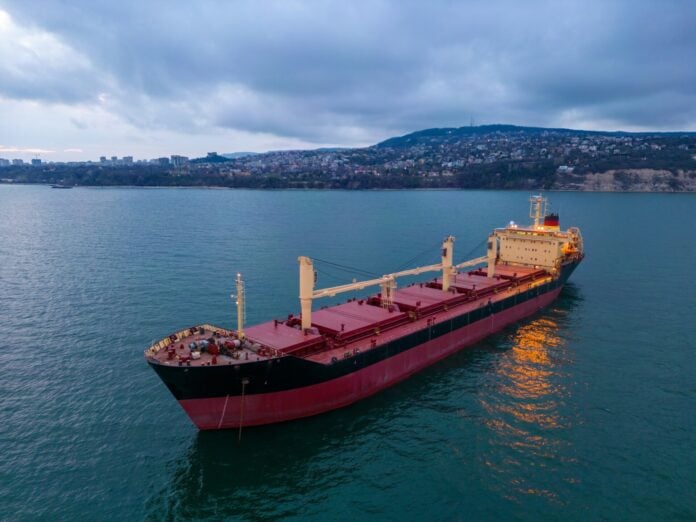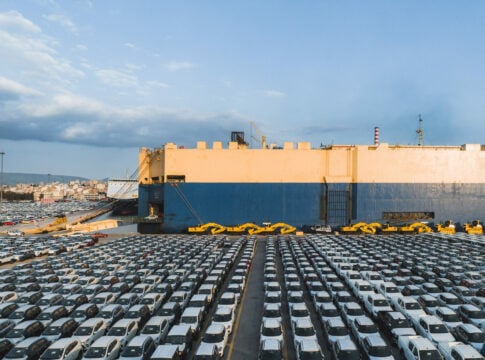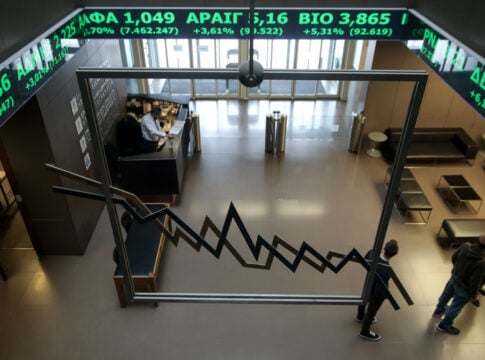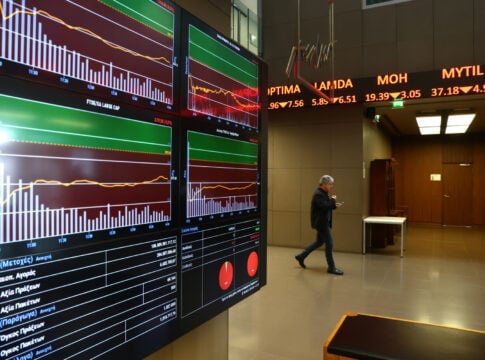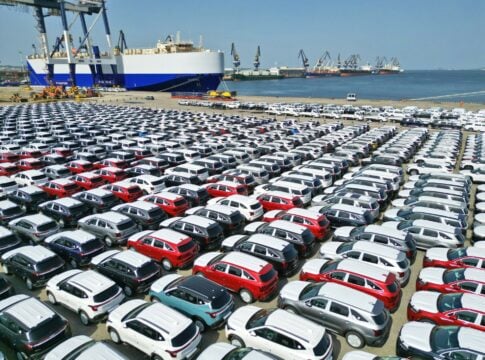The dry bulk market is moving upward after a difficult month, across all sizes of vessels.
Larger bulkers, such as capesizes, are “leading the way” due to increasing demand from China for iron ore and the reduction in the available supply of ships.
The Baltic Capesize Index (BCI) recorded a jump of 12.57% over the past week, as we approach the final days of April. The 5TC (five-year charter rate) for 180,000 dwt capes closed the week at 15,667 dollars, up from 13,774 last Tuesday.
Panamaxes
Meanwhile, high demand has been recorded for panamaxes.
The supply of capacity is quite limited, while the volume of cargo waiting for transport remains at healthy levels. In fact, on a weekly basis, the BPI index saw nearly a double-digit increase (9.35%).
In this context, the Atlantic market was once again in the spotlight last week, possibly influenced by the easing of US tariffs before Easter.
Strong demand across the basin significantly impacted prices.
Handysize bulk carriers steady
In the smaller dry bulk carriers, the handysize type, the market remained at stable levels, with the slowdown in economic activity in key trade areas affecting their momentum.
In the South Atlantic, activity continued at a largely steady pace, with cargo numbers remaining at about the same levels and supported by some new demand, leading to a marginal upward trend in prices.
For example, a 36,000 dwt vessel from Southern Brazil to continental Europe moved at 13,500 dollars.


